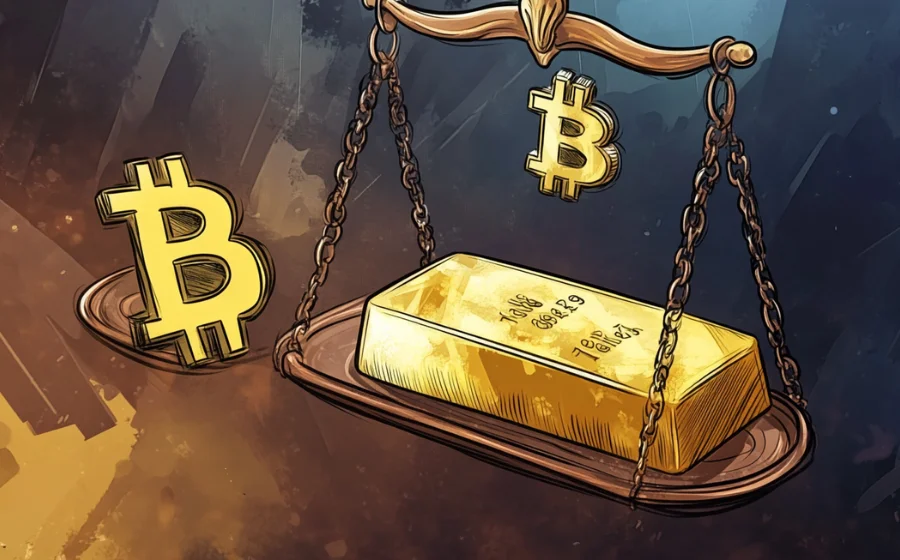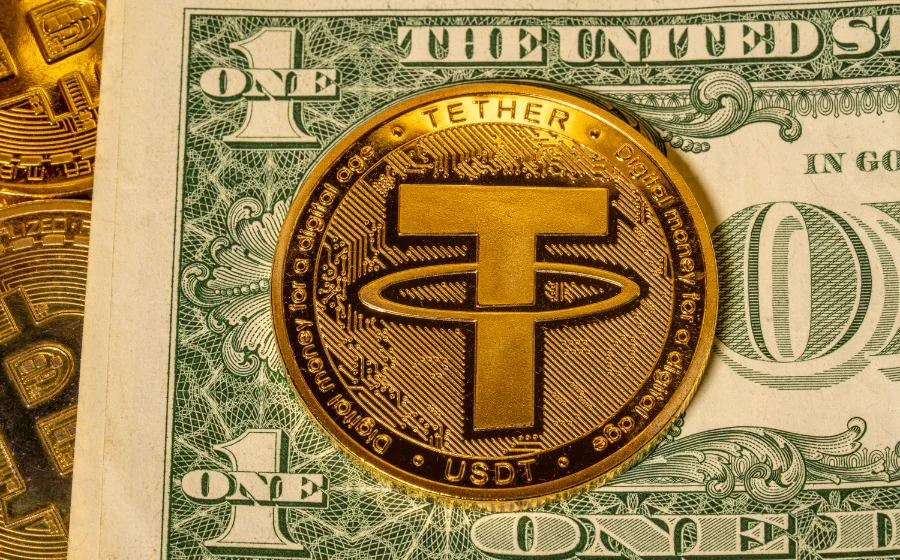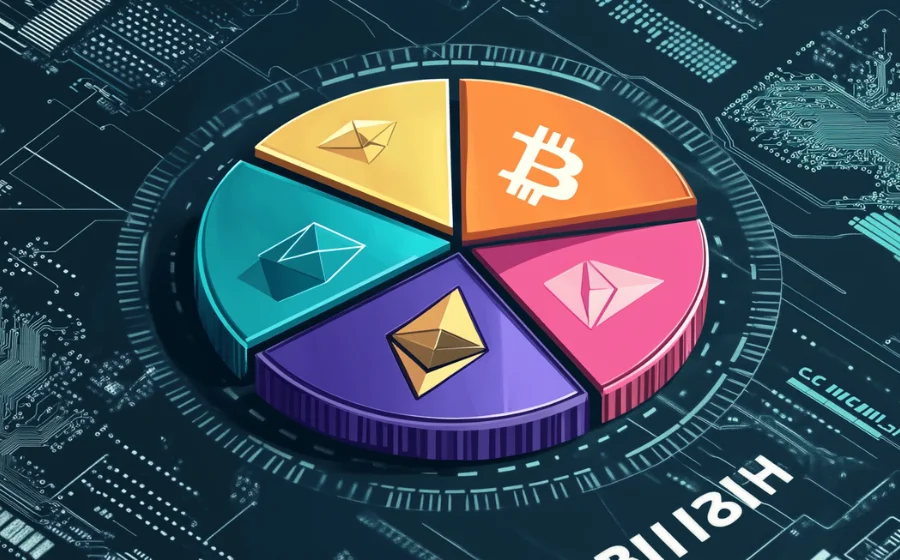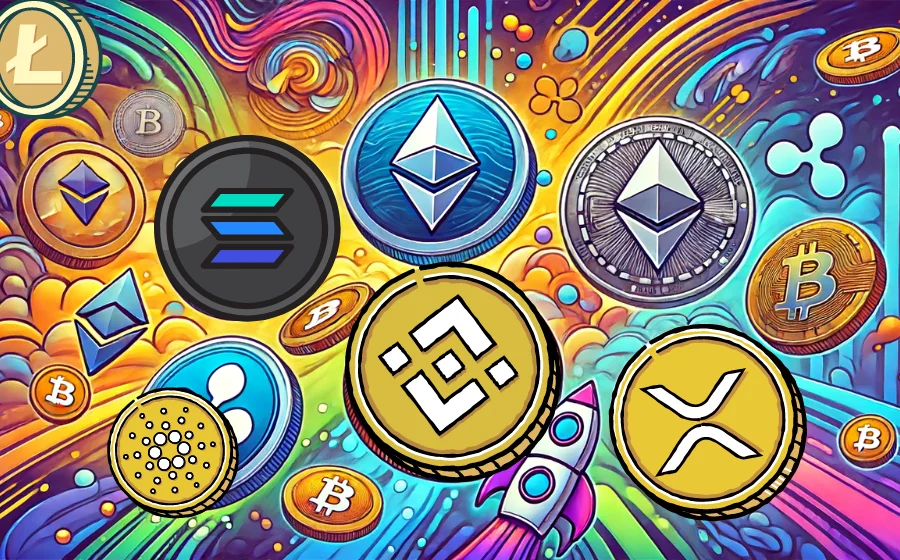
KEYTAKEAWAYS
- Bitcoin’s volatility makes it a high-risk, high-reward investment compared to gold, which offers stability and long-term value retention.
- Gold remains universally accepted for its tangible value, while Bitcoin’s adoption is growing due to its security and digital nature.
- Both assets have their pros and cons, but gold and Bitcoin may coexist in the future, with each serving different investment needs.

CONTENT
Explore the debate between Bitcoin and gold as safe-haven assets. Can Bitcoin replace gold, or will both coexist in the future of investing? Learn about their key differences and potential challenges.
Gold has long been recognized as a safe-haven asset, with many investors including it in their portfolios to hedge against market uncertainties and financial crises.
With the rise of blockchain technology, cryptocurrencies like Bitcoin have gained increasing attention from investors.
As Bitcoin’s price has surged, many well-known investors have discussed its potential as a scarce asset for wealth preservation. In the crypto community, Bitcoin is often referred to as “digital gold.”
But which is the better asset—Bitcoin or gold? Can Bitcoin truly serve as a safe-haven asset? And could it potentially replace gold?
>>> More to read: Crypto vs Stocks: Which is the Better Investment?
GOLD: THE TRADITIONAL SAFE-HAVEN ASSET
Throughout history, gold has been a symbol of wealth and social status. Even today, it holds a significant position in financial markets, with many investors acquiring gold to enhance and preserve their wealth.
Gold’s role as an inflation hedge stems from its ability to maintain purchasing power over time, even in the face of fiat currency depreciation.
Its scarcity, durability, and universal appeal have made it a reliable store of value across civilizations and historical periods.
📌 Advantages of Gold
✅Tangible Asset
One of gold’s key advantages is its physical nature. Unlike digital assets such as Bitcoin, gold is a tangible commodity that can be securely held, touched, and stored.
This physical presence provides a sense of security and permanence, making it a preferred asset, especially during times of economic uncertainty.
✅Proven Track Record
Gold has withstood the test of time as a dependable inflation hedge.
Throughout history, it has consistently retained its value and purchasing power, making it a fundamental component of many investment portfolios.
Its long-term track record reassures investors of its ability to protect wealth from inflationary pressures.
✅ Global Recognition
Gold is universally recognized and accepted as both a currency and a store of value.
Unlike fiat currencies, its worth is not tied to any single government or central bank, shielding it from political and economic instability.
This global acceptance ensures that gold maintains its value across borders and throughout history.
>>> More to read: What is Bitcoin Strategic Reserve & How It Works
BITCOIN: THE DIGITAL GOLD OF THE NEW ERA
Gold has existed for thousands of years, while Bitcoin has been around for less than sixteen. However, Bitcoin represents a revolutionary approach to both currency and investment.
Created in 2009 by an anonymous individual or group under the pseudonym Satoshi Nakamoto, Bitcoin is a decentralized digital currency built on blockchain technology.
While fiat currencies and gold remain symbols of wealth, the digital age has ushered in a new concept—“digital gold.”
Bitcoin, with its scarcity, transparency, and borderless nature, has become a modern hedge against economic uncertainty.
📌 Bitcoin’s Scarcity and Proof of Work
Bitcoin operates on a Proof of Work (PoW) consensus model, where miners must solve complex mathematical puzzles within a vast dataset to validate transactions and secure the network.
Unlike fiat currencies, Bitcoin has a fixed supply of only 21 million coins. As more Bitcoin is mined, the difficulty of mining increases, requiring more computational power and energy.
This process makes Bitcoin increasingly scarce, reinforcing its value as a limited asset.
📌 The True Source of Bitcoin’s Value
However, Bitcoin’s value doesn’t come solely from its scarcity.
While its code can be copied, and many Bitcoin forks exist, Bitcoin remains dominant because of the extensive human effort and resources invested in securing and maintaining its network.
- As more people trust Bitcoin, adoption increases, and a growing number of developers contribute to maintaining and securing the network.
- The rising cost and complexity of attacking or controlling Bitcoin make it highly secure.
- This security strengthens the shared belief in Bitcoin’s value, much like how people trust digital bank balances to represent real money.
Ultimately, it is this value consensus that allows Bitcoin to challenge gold.
📌 Challenges to Bitcoin’s Adoption
Despite its potential, Bitcoin still faces significant technical and regulatory hurdles compared to gold:
- Scalability issues limit transaction speed and efficiency.
- High energy consumption raises concerns about sustainability.
- Regulatory uncertainty creates barriers to mainstream adoption.
While Bitcoin is often compared to gold, its future as a safe-haven asset depends on overcoming these challenges and continuing to build global trust.
>>> More to read: What is Bitcoin: A Comprehensive Overview
BITCOIN VS. GOLD
1. Volatility Differences
One of the key differences between Bitcoin and gold is their volatility. A useful metric to measure volatility is the Average True Range (ATR), which describes the average price movement over a given period.
Bitcoin generally experiences much higher volatility than gold, making it a more attractive asset for traders looking for short-term opportunities.
In contrast, gold tends to be more stable, which appeals to long-term investors seeking wealth preservation.
2. Storage Differences
The second major distinction between Bitcoin and gold lies in how they are stored. As a physical asset, gold is typically kept in vaults, bank safes, or personal security boxes, usually in relatively small amounts.
On the other hand, Bitcoin cannot be stored in a traditional sense. Instead, it is secured through a private key, a unique digital code that grants ownership.
Without proper storage solutions like hardware or software wallets, owning Bitcoin can be riskier due to potential cyber threats or accidental loss of access.
3. Sources of Demand
Gold has been a sought-after asset for over 7,000 years, with well-established sources of demand, including jewelry, investment, and industrial uses. Its intrinsic value is widely recognized across cultures and economies.
Bitcoin, however, is a much newer asset, and its demand drivers are less clear. The primary sources of Bitcoin demand currently include:
✅Price speculation
✅Buy-and-hold investment strategies
✅Belief in the underlying blockchain technology
While gold’s demand is deeply rooted in history, Bitcoin’s future adoption depends on broader acceptance and continued innovation within the crypto space.
>>> More to read: Is Bitcoin Reaching Its Peak in 2025?
CAN BITCOIN REPLACE GOLD?
With Bitcoin’s price breaking through $100,000 to reach a historical high, many well-known investors are discussing its potential as a scarcity-based hedge asset.
This has sparked debates between gold supporters and Bitcoin advocates.
📌 Gold vs. Bitcoin: Two Opposing Views
Gold investors argue: “Bitcoin is a speculative tool that lacks physical attributes. In the event of a crisis in the digital asset market, investors could lose everything.”
In contrast, gold offers physical security, has a long history, and is more resilient in times of crisis, making it a safer long-term store of value.
However, Bitcoin supporters disagree. They believe Bitcoin’s cryptographic nature and immutability make it safer than gold, while being easier to store and carry.
Additionally, Bitcoin’s social acceptance is rapidly increasing, positioning it as a potential challenger to gold’s role as a store of value.
📌 Market Acceptance Determines Asset Value
For both gold and Bitcoin, the value of an asset ultimately depends on society’s acceptance and trust. An investment can have numerous valuable attributes, but if it is not widely accepted, its value remains theoretical.
Currently, gold still holds a dominant position in the market, while Bitcoin and other digital assets are in the early stages of development but are gradually integrating into the global financial system.
📌 Gold and Bitcoin Entering the “Coexistence Era”
Today, there is a growing dual consensus in the market:
- Some investors and central banks still rely on gold as their primary hedge asset.
- Others embrace Bitcoin, viewing it as a digital asset with similar value features to gold, aligned with the needs of the digital economy.
This signals the coexistence of both gold and Bitcoin in the long term, rather than one replacing the other.
In the future, investment choices will become more diverse, with gold remaining an important hedge, while Bitcoin and similar digital assets gain societal consensus and continue to solidify their value.
While Bitcoin is still far from truly replacing gold, it is clear that “gold is no longer the only choice in the market.”
>>> More to read: Bitcoin’s Journey to $100K


















